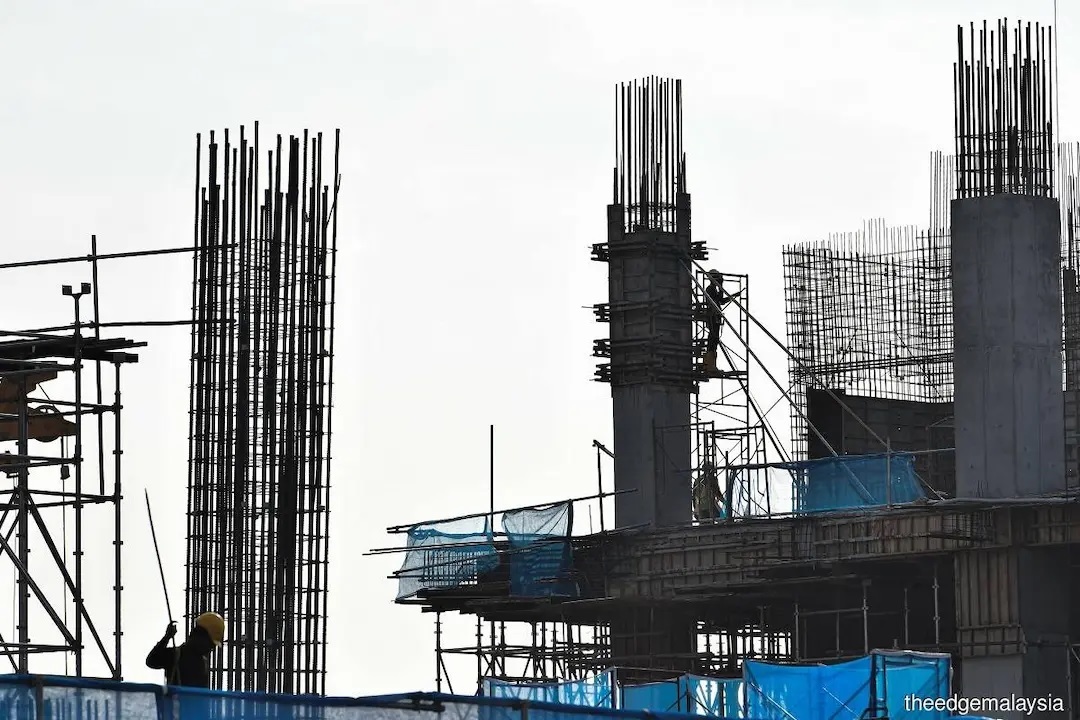Steel industry headwinds may persist into 2024 amid uninspiring demand, overcapacities, says RHB

- “These shifts have unveiled structural changes in China, as steel consumption transitions from the real estate sector to infrastructure and manufacturing, reflecting the challenges in its property market.”
KUALA LUMPUR (Nov 7): The steel industry outlook is likely to face continued headwinds going into 2024, primarily due to uninspiring demand — particularly from China, and the presence of structural overcapacities within the Asean region, said RHB Research.
The research house said the Chinese steel industry is at a crossroad, as both production and consumption of crude steel have been steadily declining from the 2020 peak.
“These shifts have unveiled structural changes in China, as steel consumption transitions from the real estate sector to infrastructure and manufacturing, reflecting the challenges in its property market,” it said in a report on Tuesday.
Citing data from The South East Asia Iron & Steel Institute, RHB noted that Asean is on the brink of a massive influx of integrated mega mills, with 2021 crude steel capacity having stood at 75.3 million metric tonnes (MT) a year, and is expected to grow to 147.2 MT by 2026, based on announced plans.
“If these plans come to fruition, over 71 [million MT] of steel capacity could flood the market by 2026. This is a cause for concern, as capacity would outpace demand or the apparent steel consumption (ASC) in the region,” said RHB.
The firm said that this challenge extends to Malaysia, where overcapacity and underutilisation issues are looming large.
In the domain of long products, RHB noted that Alliance Steel (M) Sdn Bhd expects to add another 6.5 million MT to its current installed capacity of 14.1 million MT.
Eastern Steel Sdn Bhd, meanwhile, is in the process of establishing Malaysia’s first integrated hot-rolled coiled plant with 2.7 million MT capacity, said RHB.
“As of 2022, only hot metal (HM) and pig iron (PI) have achieved capacity utilisation above the global average of 74% and sustainable threshold of 85%, while other products fell significantly below these levels at [less than] 51%.
“According to the Malaysian Iron and Steel Industry Federation, Malaysia’s ASC is still trending far behind, in view of the increasing overcapacity and low utilisation rates,” it said.
Looking to buy a home? Sign up for EdgeProp START and get exclusive rewards and vouchers for ANY home purchase in Malaysia (primary or subsale)!
Never miss out
Sign up to get breaking news, unique insights, event invites and more from EdgeProp.
Latest publications
Malaysia's Most
Loved Property App
The only property app you need. More than 200,000 sale/rent listings and daily property news.
